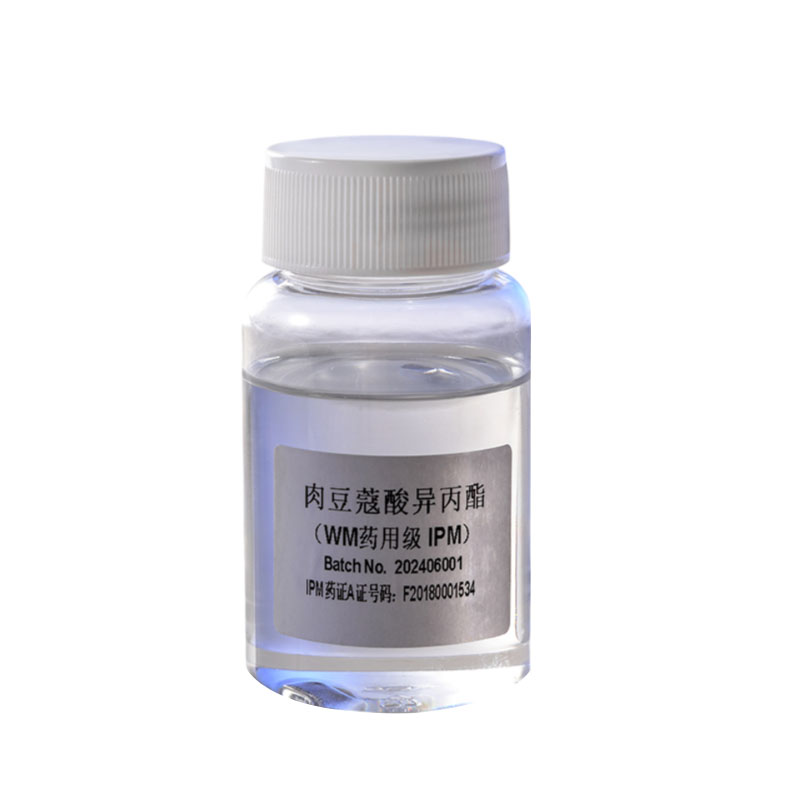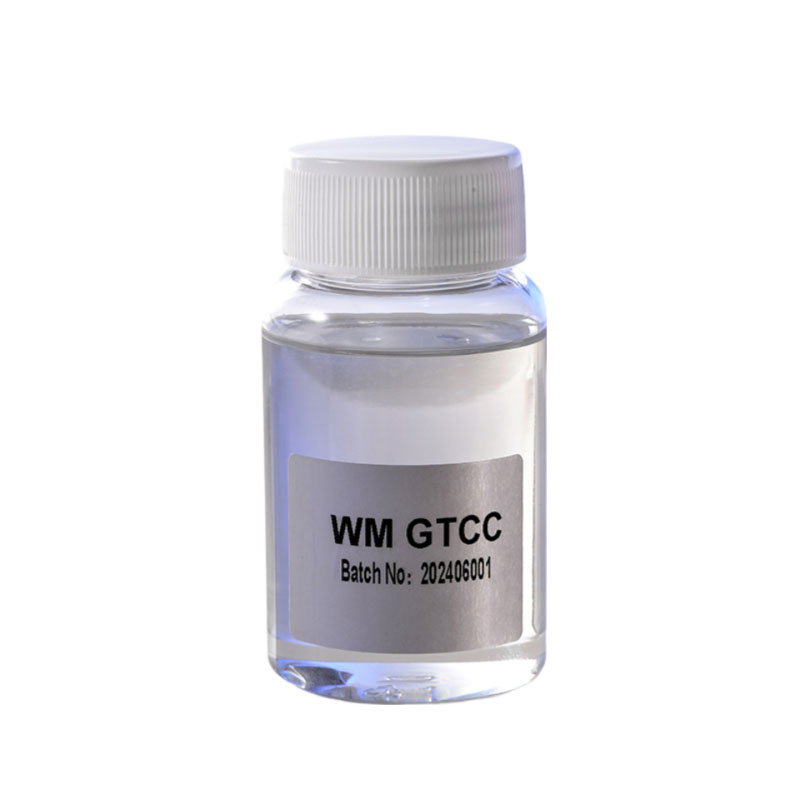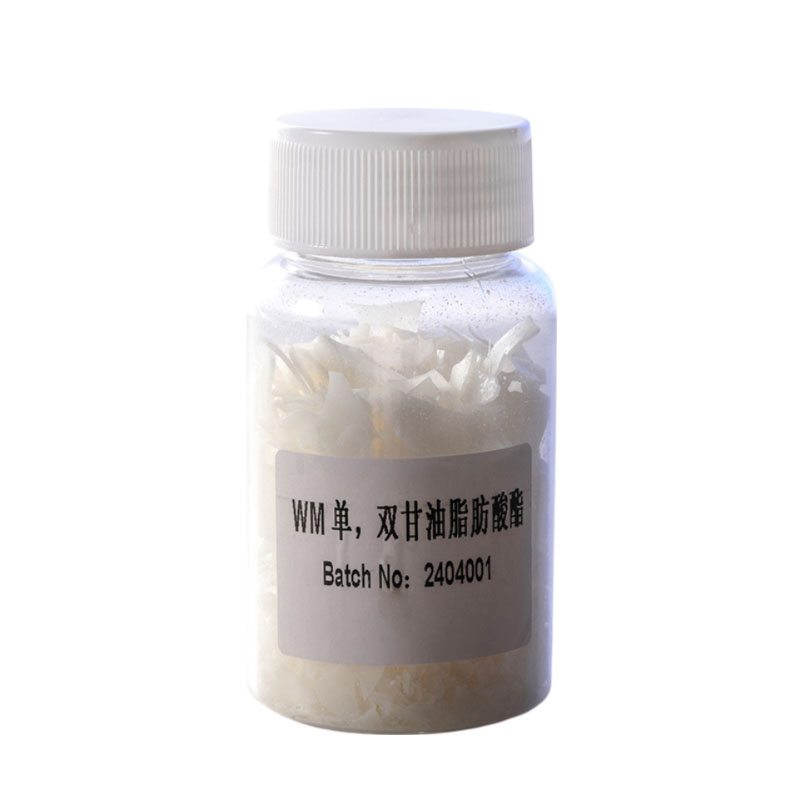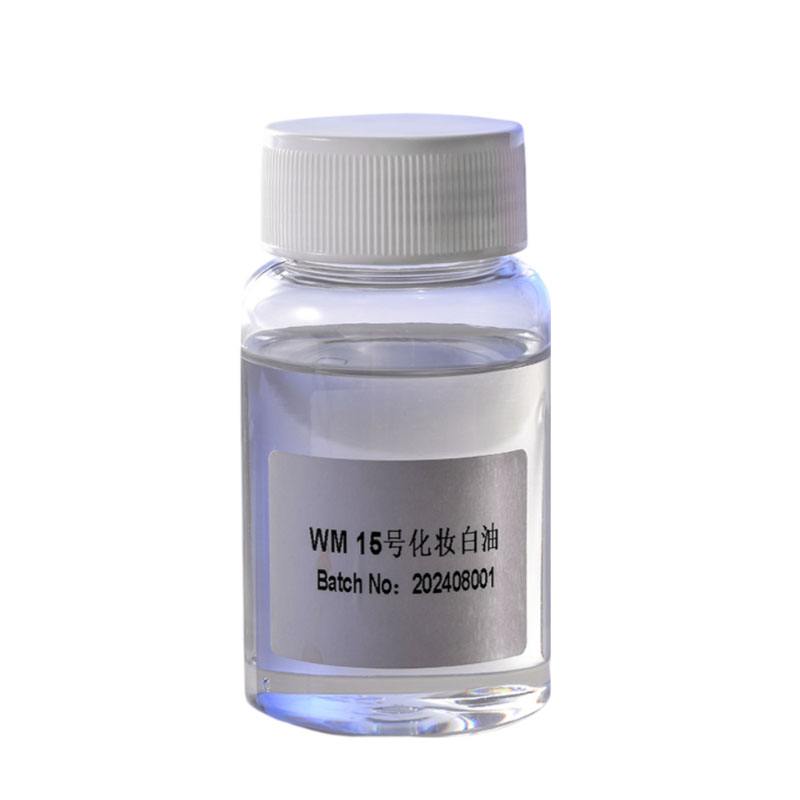How does isopropyl myristate enhance the skin penetration efficiency of active ingredients by regulating lipid solubility?
Release Time : 2025-11-03
In modern transdermal drug delivery systems (TDDS), effectively penetrating the skin barrier is a core challenge in formulation development. The stratum corneum of the skin is composed of a dense lipid bilayer, which naturally acts as a barrier against water-soluble substances. Isopropyl myristate (IPM), as a pharmaceutical-grade high-purity lipid-soluble excipient, has become a key carrier for improving drug transdermal efficiency due to its unique molecular structure and physicochemical properties.
1. Lipid Solubility Matching: Opening the "Lipid Channel" of the Stratum Corneum
The chemical structure of IPM is formed by the esterification of a fourteen-carbon saturated fatty acid with isopropanol, exhibiting typical long-chain alkyl groups and ester bonds, resulting in high lipid solubility and low polarity. This characteristic makes it highly compatible with ceramides, cholesterol, and free fatty acids in the stratum corneum of the skin. When IPM-containing formulations come into contact with the skin, IPM can embed itself in the lipid matrix between keratinocytes, temporarily disrupting its orderly arrangement and reducing the density of the lipid bilayer, thereby opening "lipid channels" for co-loaded lipophilic or amphiphilic drug molecules. This effect is not destructive exfoliation, but rather a reversible flow regulation, improving permeability without damaging the skin barrier function.
2. Synergistic Solubilization: Enhancing the Usable Concentration of Poorly Soluble Drugs
Many highly effective drugs have poor water solubility, making it difficult to achieve effective permeation concentrations in aqueous matrices. IPM, as an excellent non-aqueous solvent, can efficiently dissolve these hydrophobic active ingredients, significantly increasing their drug loading and thermodynamic activity in formulations. High activity means a larger concentration gradient—the main driving force behind passive diffusion transdermal absorption. Simultaneously, IPM itself has low viscosity and good spreadability, rapidly forming a uniform oil film on the skin surface, ensuring continuous and stable drug release and contact with the permeation interface.
3. Promoting Distribution: Optimizing Drug Balance Between Skin and Formulation
The transdermal process depends not only on the diffusion rate but also on the partition coefficient of the drug between the formulation phase and the skin phase. IPMs (Intradermal Particulate Matter) regulate the lipophilic-hydrophilic balance of the entire drug delivery system, making the drug more likely to be transferred from the formulation to the skin. For example, adding an appropriate amount of IPM to a cream or gel can reduce the polarity of the system, prompting the drug to "migrate" from the aqueous phase to the oil phase and further accumulate in the stratum corneum. This "distribution-directed" mechanism significantly increases the amount of drug entering the skin per unit time, shortening the onset time.
1. Lipid Solubility Matching: Opening the "Lipid Channel" of the Stratum Corneum
The chemical structure of IPM is formed by the esterification of a fourteen-carbon saturated fatty acid with isopropanol, exhibiting typical long-chain alkyl groups and ester bonds, resulting in high lipid solubility and low polarity. This characteristic makes it highly compatible with ceramides, cholesterol, and free fatty acids in the stratum corneum of the skin. When IPM-containing formulations come into contact with the skin, IPM can embed itself in the lipid matrix between keratinocytes, temporarily disrupting its orderly arrangement and reducing the density of the lipid bilayer, thereby opening "lipid channels" for co-loaded lipophilic or amphiphilic drug molecules. This effect is not destructive exfoliation, but rather a reversible flow regulation, improving permeability without damaging the skin barrier function.
2. Synergistic Solubilization: Enhancing the Usable Concentration of Poorly Soluble Drugs
Many highly effective drugs have poor water solubility, making it difficult to achieve effective permeation concentrations in aqueous matrices. IPM, as an excellent non-aqueous solvent, can efficiently dissolve these hydrophobic active ingredients, significantly increasing their drug loading and thermodynamic activity in formulations. High activity means a larger concentration gradient—the main driving force behind passive diffusion transdermal absorption. Simultaneously, IPM itself has low viscosity and good spreadability, rapidly forming a uniform oil film on the skin surface, ensuring continuous and stable drug release and contact with the permeation interface.
3. Promoting Distribution: Optimizing Drug Balance Between Skin and Formulation
The transdermal process depends not only on the diffusion rate but also on the partition coefficient of the drug between the formulation phase and the skin phase. IPMs (Intradermal Particulate Matter) regulate the lipophilic-hydrophilic balance of the entire drug delivery system, making the drug more likely to be transferred from the formulation to the skin. For example, adding an appropriate amount of IPM to a cream or gel can reduce the polarity of the system, prompting the drug to "migrate" from the aqueous phase to the oil phase and further accumulate in the stratum corneum. This "distribution-directed" mechanism significantly increases the amount of drug entering the skin per unit time, shortening the onset time.
4. Pharmaceutical-Grade Quality: Ensuring Safety and Consistency
IPMs used in transdermal formulations must be pharmaceutical-grade raw materials, with strict control over heavy metals, residual solvents, peroxides, and microbial limits, complying with pharmacopoeia standards such as USP, EP, or ChP. High purity not only avoids impurities interfering with drug stability but also eliminates the risk of skin irritation or allergies caused by byproducts. Furthermore, the antioxidant and antibacterial properties of IPMs themselves can reduce the amount of preservatives needed, further improving the biocompatibility of the formulation, making it particularly suitable for long-term use of topical medications for chronic diseases.
Isopropyl myristate (IPM), with its precise lipid-soluble design, excellent solubility, and good skin compatibility, has become an indispensable functional excipient in transdermal drug delivery systems. It is not only a "delivery vehicle" for drugs but also a "flexible key" to the stratum corneum, efficiently opening the door to transdermal absorption without damaging the skin. As transdermal formulations become more precise and long-lasting, pharmaceutical-grade IPMs will continue to play a crucial role in the development of innovative and improved drugs, providing patients with safer, more convenient, and more effective treatment options.









